If you’re looking for reliable, low-maintenance plants that will bloom season after season, perennials are the way to go. These hardy beauties not only survive year after year, but many of them come back even stronger, no matter the weather conditions. Whether you’re dealing with scorching summers, freezing winters, or unpredictable rainfall, these 16 perennials are built to thrive. From vibrant flowers to lush foliage, these resilient plants will keep your garden looking stunning year-round with minimal effort on your part.
1. Daylilies (Hemerocallis)

Daylilies are a favorite among gardeners for their vibrant colors and almost bulletproof resilience. These perennials bloom profusely, often with multiple flowers per stem, and come in a stunning variety of hues—from soft pastels to bold oranges and reds. Each flower only lasts a day (hence the name), but the plant continuously produces new buds throughout the blooming season. Once established, daylilies are drought-tolerant and require minimal maintenance.
They thrive in full sun but can tolerate partial shade, making them incredibly versatile in garden layouts. Our One Acre Farm notes that daylilies are great for filling large garden beds, borders, or even slopes where erosion might be an issue. They multiply over time, so your garden will become more lush and colorful each year. Just a little deadheading and occasional division will keep them blooming beautifully for decades.
2. Bee Balm
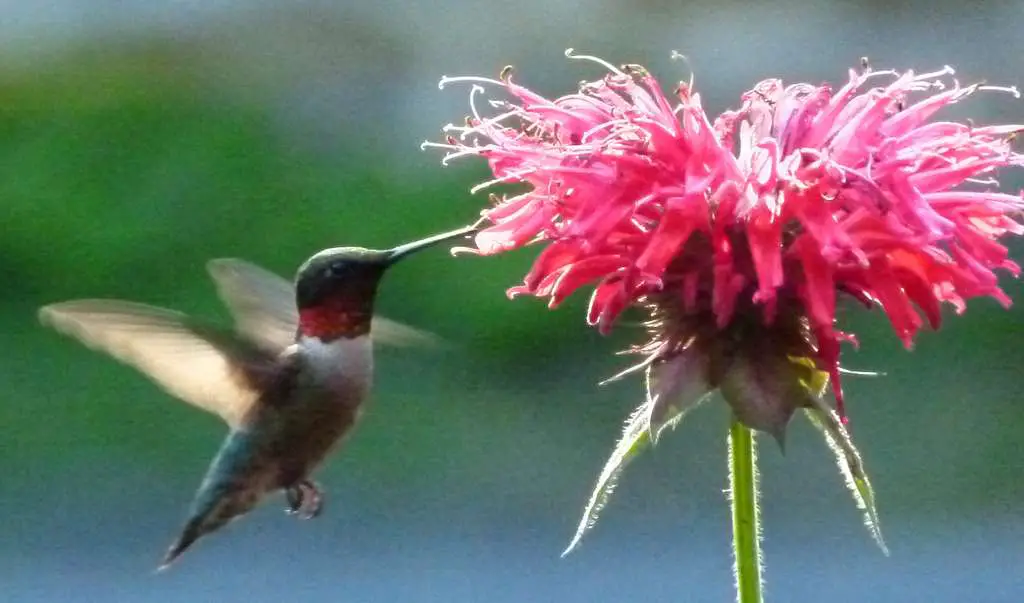
Bee balm is a hardy perennial that comes in shades of red, pink, purple, and white, adding a splash of color to any garden. As reported by the National Audubon Society, red flowers are particularly attractive to wildlife, making red bee balm an excellent choice. Not only does it draw in tiny birds, but it also attracts butterflies and bees, enhancing your garden’s biodiversity.
In addition to its beauty, bee balm is easy to grow and thrives in full sun to partial shade. It prefers moist, well-drained soil and can spread quickly if left unchecked. Regular deadheading encourages more blooms, ensuring a steady nectar supply for hummingbirds throughout the summer. Plus, bee balm has a pleasant fragrance, making it a favorite among gardeners as well.
3. Hostas

Hostas are the ultimate go-to perennial for shade gardens, prized more for their foliage than flowers. Their broad, textured leaves come in a wide range of greens, blues, and variegated patterns that add depth and elegance to garden beds. Although they do flower—usually with tall spikes of purple or white—their real value lies in their ability to brighten darker corners of the yard. They’re low-maintenance and return bigger and better every year, says Costa Farms.
Hostas love moist, well-drained soil and thrive in partial to full shade, making them perfect under trees or along north-facing walls. They’re also incredibly easy to divide, which means one plant can eventually give you many more. However, be mindful of slugs and deer, which tend to find hostas irresistible. Pairing them with mulch and other deterrents can help protect their lush, leafy appearance.
4. Cardinal Flower
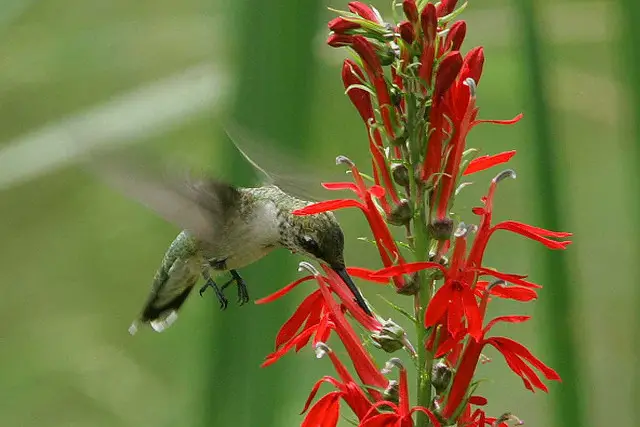
The cardinal flower is another hummingbird favorite, producing striking red blossoms that stand tall on slender stalks. According to the U.S. Forest Service, its vibrant color and tubular shape make it one of the most effective plants for attracting wildlife. This perennial thrives in moist conditions, making it ideal for planting near ponds, streams, or rain gardens. It blooms in late summer, providing nectar when many other flowers are fading.
Cardinal flowers do well in full sun to partial shade and benefit from mulch to retain soil moisture. These plants can self-seed, allowing them to return year after year with minimal effort. Placing cardinal flowers alongside other nectar-rich perennials will help sustain visitors throughout the season.
5. Black-Eyed Susans (Rudbeckia)
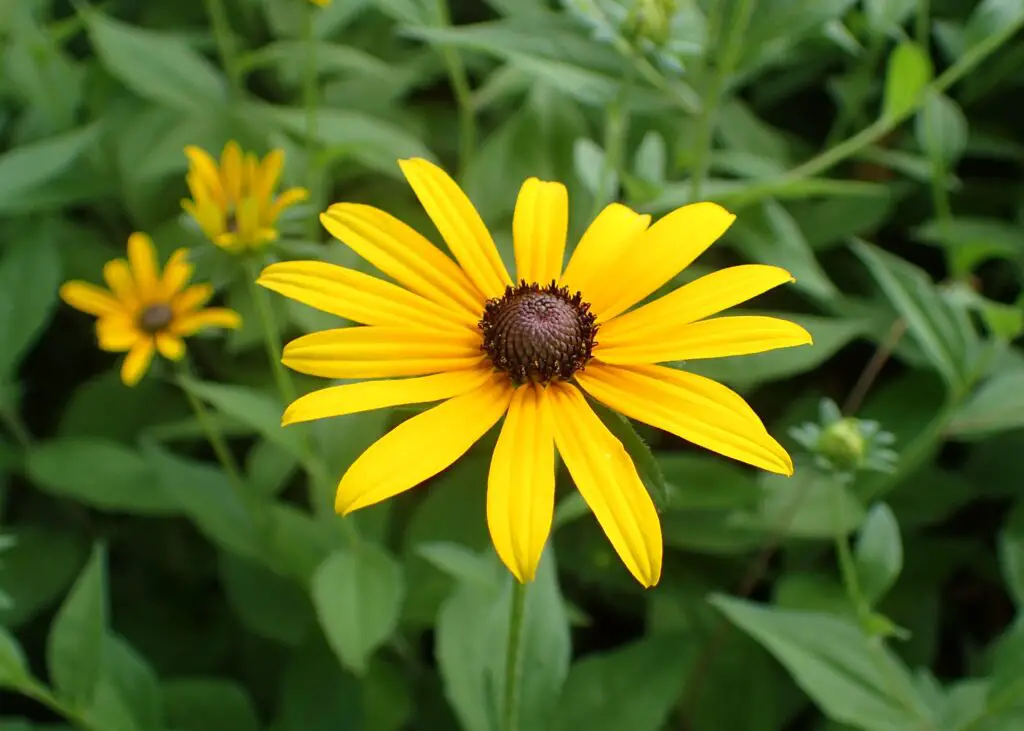
Black-eyed Susans are a sunny, cheerful addition to any garden and a pollinator magnet for bees and butterflies. With their golden-yellow petals and dark brown centers, they bloom from mid-summer into fall, offering long-lasting color. These hardy perennials can tolerate drought, poor soil, and full sun, making them a low-fuss choice for beginners and seasoned gardeners alike. They also reseed easily, ensuring an ever-expanding presence year after year.
Their upright, clumping growth habit makes them excellent for borders, wildflower gardens, and cottage-style landscapes. Black-eyed Susans pair well with ornamental grasses, coneflowers, and sedum for a vibrant, natural look. They’re also great as cut flowers, adding warmth to any bouquet. Just give them a sunny spot and occasional deadheading to keep the blooms coming strong.
6. Coneflowers (Echinacea)
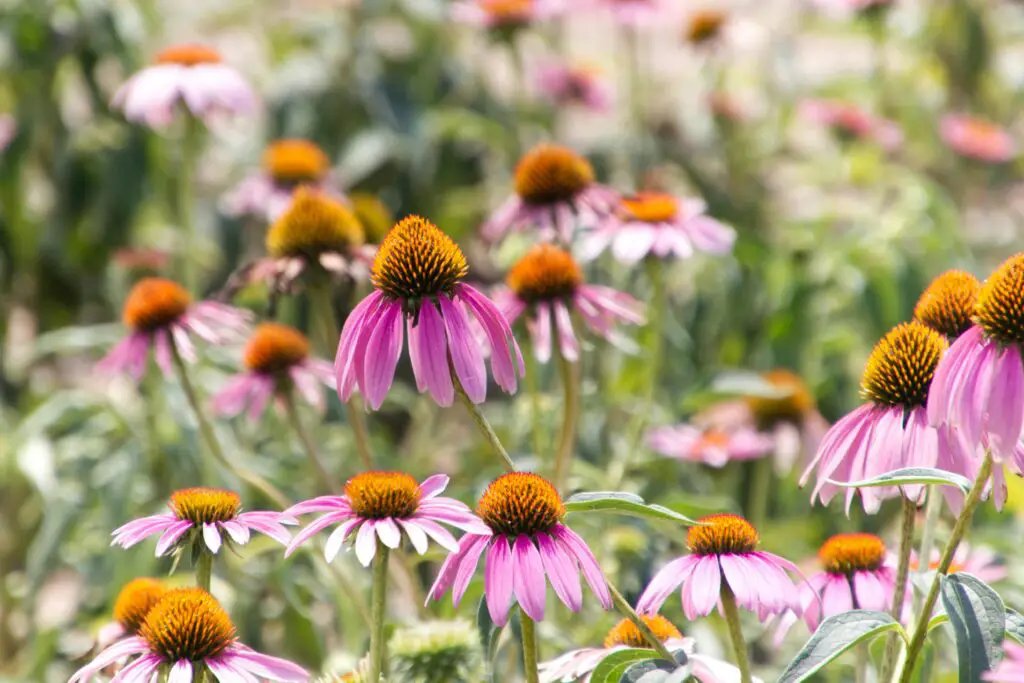
Coneflowers are a standout perennial that offers a pop of color and a wealth of benefits for your garden. With their daisy-like blooms in vibrant shades of pink, purple, and white, they bring long-lasting beauty from summer to fall. These hardy plants are drought-tolerant, thrive in full sun, and are virtually pest-free, making them a great choice for low-maintenance gardens. They also attract pollinators, such as bees and butterflies, helping to support local ecosystems.
Not only are coneflowers resilient in tough conditions, but they also multiply over time, filling out garden beds and providing plenty of cut flowers. Their central cone holds seeds that feed birds in the winter, adding another layer of wildlife benefit. Coneflowers can tolerate poor soil and hot, dry summers, making them perfect for a variety of garden environments. With minimal care, they’ll return year after year, stronger and more vibrant than before.
7. Salvia
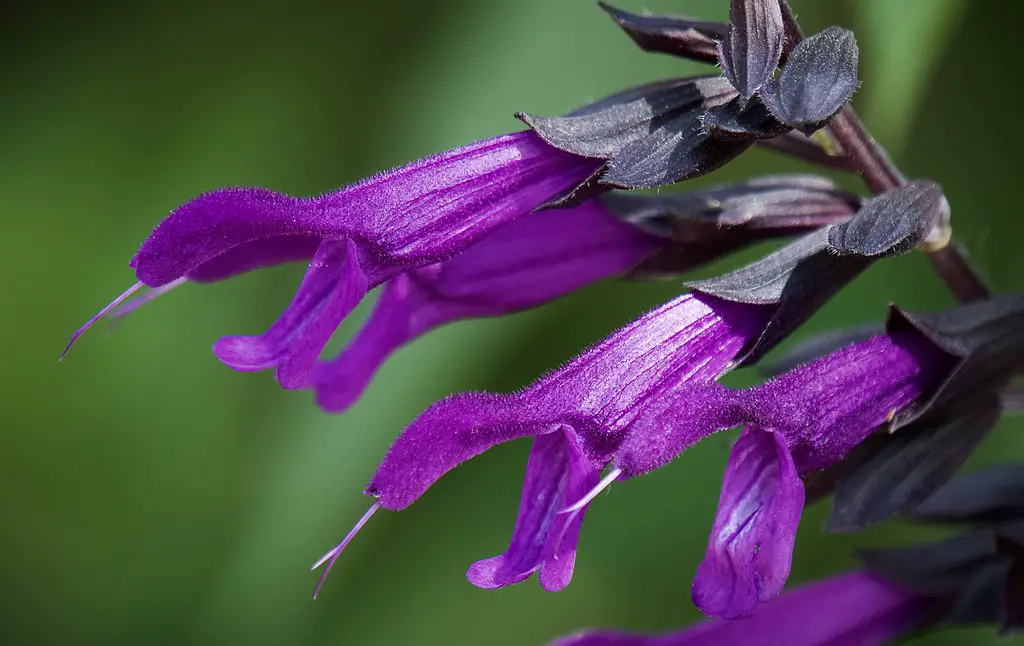
Salvia is a drought-tolerant perennial that offers tall spikes of tubular flowers in red, purple, pink, or blue. This low-maintenance plant thrives in full sun and well-drained soil, making it a great option for busy gardeners. Its long bloom time ensures that pollinators have food for months.
Pruning spent blooms encourages more flowers, extending the plant’s attractiveness to wildlife. Salvia also repels deer and rabbits, making it a resilient addition to any garden. Since it pairs well with other perennials, you can easily create a layered planting arrangement. With its vibrant blooms and ability to withstand dry conditions, salvia is both beautiful and practical.
8. Coral Honeysuckle
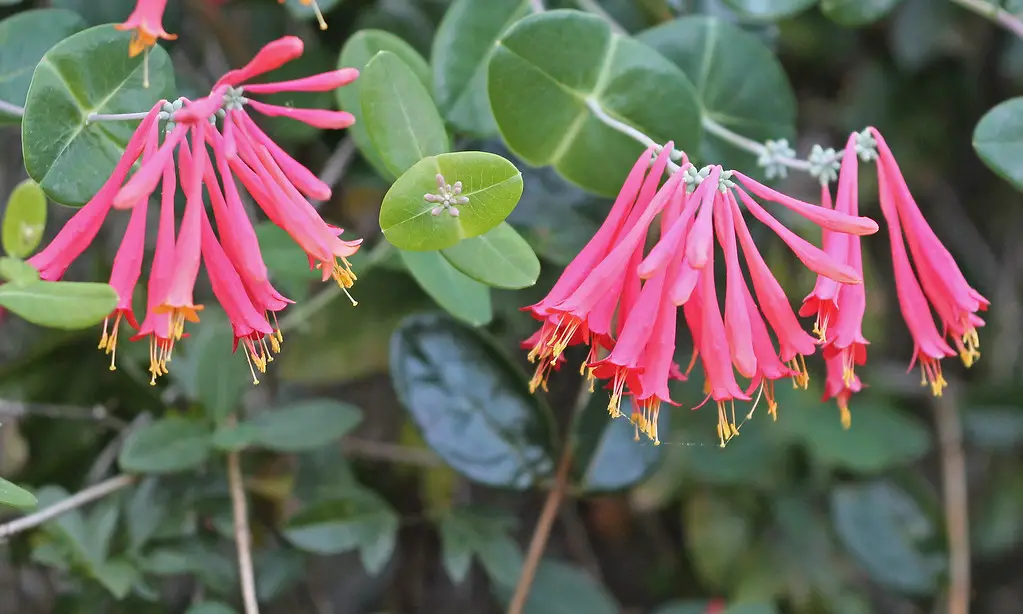
Coral honeysuckle is a native vine that produces clusters of trumpet-shaped flowers. Unlike invasive Japanese honeysuckle, this variety is well-behaved and won’t overtake your garden. Its blooms appear in spring and continue into summer, offering an extended food source.
This vine thrives in full sun to partial shade and can be trained to grow on trellises, fences, or arbors. It prefers well-drained soil and benefits from occasional pruning to maintain its shape. Coral honeysuckle also produces small berries that attract songbirds, adding even more wildlife to your yard. If you’re looking for a climbing plant that’s both ornamental and beneficial to hummingbirds, this one is a top choice.
9. Columbine
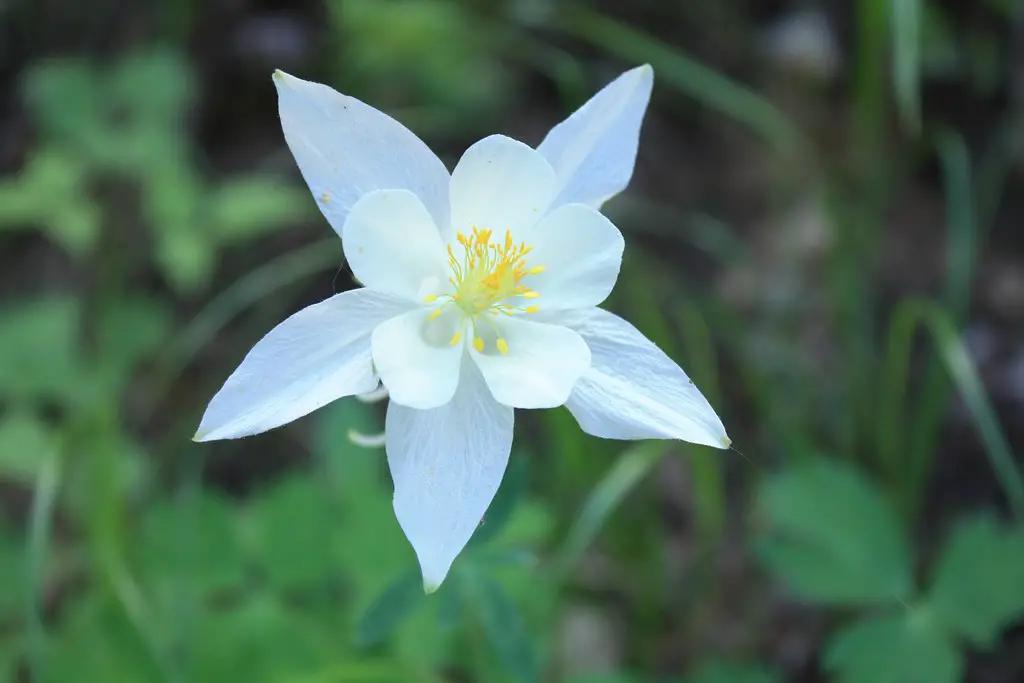
Columbine is a charming perennial with delicate, nodding flowers that hummingbirds adore. Its unique spurred petals make it easy for pollinators to access nectar, while its soft, airy foliage adds texture to garden beds. Columbine thrives in partial shade, making it perfect for woodland gardens or shaded borders. It blooms in spring, providing an early-season food source when birds first return from migration.
This plant is easy to grow from seed and often self-seeds, allowing it to spread naturally. It comes in a variety of colors, including red, yellow, blue, and purple, giving you plenty of options for your garden. Since it adapts well to different soil types, it’s a versatile addition to any landscape. By including columbine in your garden, you can ensure that hummingbirds have nectar as soon as they arrive.
10. Penstemon

Penstemon, also known as beardtongue, produces tubular flowers in shades of pink, purple, red, and white. This drought-tolerant perennial thrives in full sun and well-drained soil, making it ideal for rock gardens or dry landscapes. Its tall flower spikes provide an excellent nectar source, and its upright growth habit adds height and dimension to flower beds. Once established, it requires little maintenance, making it a hassle-free choice for attracting pollinators.
Regular deadheading encourages more blooms throughout the growing season. Penstemon is also deer-resistant, ensuring that your flowers remain intact. It pairs well with other sun-loving perennials like salvia and bee balm, creating a diverse garden. By planting penstemon, you’ll provide a reliable food source for these birds while enhancing your landscape.
11. Agastache
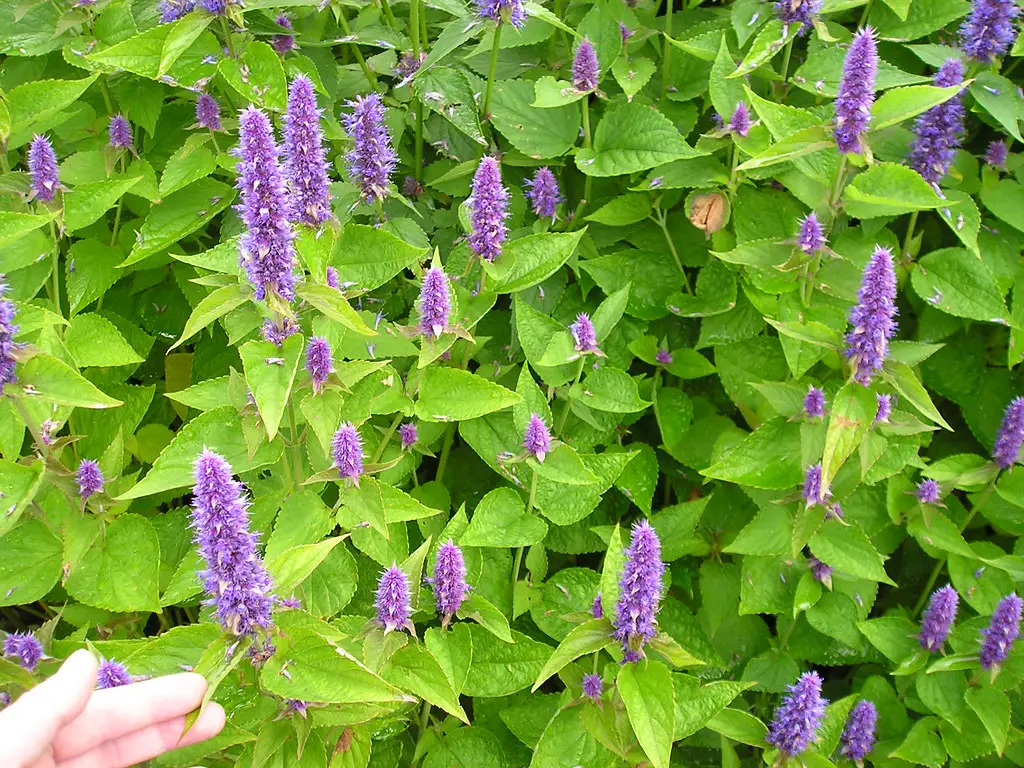
Agastache, or hummingbird mint, lives up to its name by being one of the best plants for attracting pollinators. Its tall flower spikes bloom in late summer and fall, ensuring nectar is available when other flowers fade. This perennial is drought-tolerant and thrives in sunny locations with well-drained soil. Its aromatic foliage adds another layer of interest, releasing a pleasant scent when brushed against.
In addition to hummingbirds, agastache attracts butterflies and bees, supporting a healthy ecosystem. The flowers come in shades of pink, purple, orange, and white, allowing for a variety of garden designs. Since it resists deer and rabbits, it remains undisturbed in most gardens. With its long-lasting blooms and minimal care requirements, agastache is a fantastic choice for any space.
12. Lupine
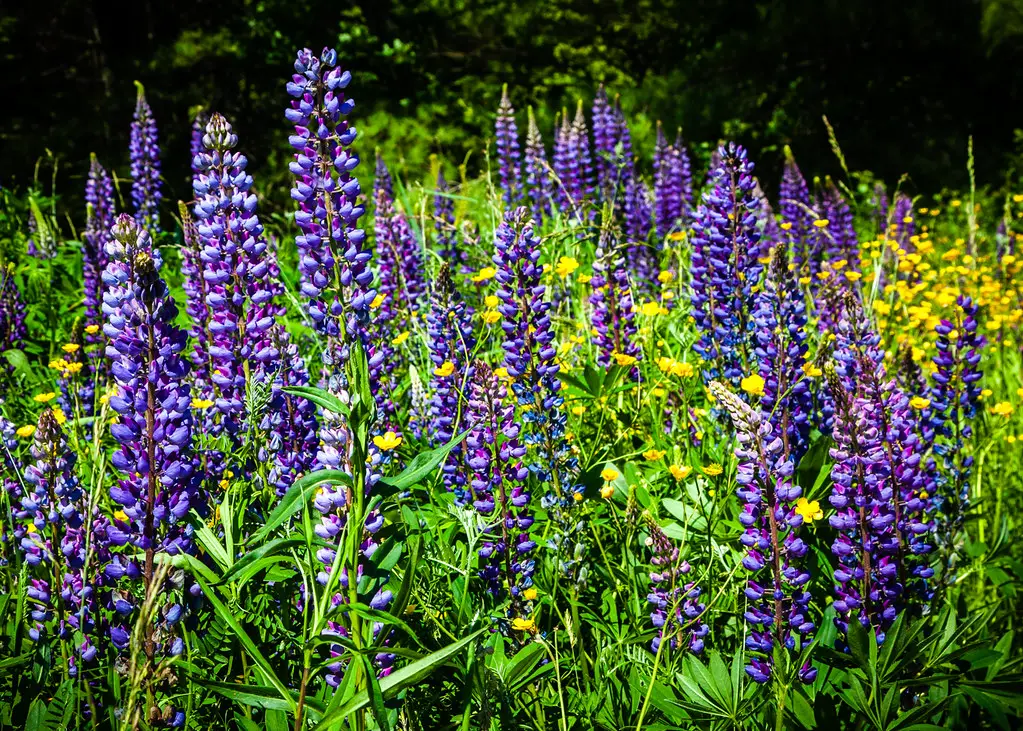
Lupine is a striking perennial with tall spires of pea-like flowers in shades of blue, purple, pink, and yellow. Its vibrant blooms attract hummingbirds while adding a dramatic focal point to garden beds. Lupine thrives in cool climates and prefers well-drained soil with full to partial sun exposure. Its deep roots help improve soil health, making it a beneficial addition beyond its beauty.
This plant typically blooms in late spring to early summer, providing nectar during a crucial feeding period for pollinators. Because it fixes nitrogen in the soil, it also helps surrounding plants grow stronger. While some varieties are short-lived, they readily reseed, ensuring a continuous presence in your garden. If you want a show-stopping plant that also supports wildlife, lupine is an excellent choice.
13. Foxglove

Foxglove is a stunning biennial or short-lived perennial that produces tall spikes of bell-shaped flowers in shades of pink, purple, white, and yellow. Its tubular blooms are perfectly shaped for hummingbirds, making it a favorite in cottage-style gardens. Foxglove thrives in partial shade and moist, well-drained soil, making it an excellent choice for woodland borders or shaded flower beds.
While foxglove is beautiful, it’s also toxic to humans and pets, so it should be planted with caution. Deadheading the flowers after blooming can encourage a second flush of blooms, extending its hummingbird appeal. Since it self-seeds easily, foxglove often returns year after year, creating a naturalized and effortless display. If you’re looking for a showy, vertical element in your garden, foxglove is a fantastic choice.
14. Trumpet Vine

Trumpet vine, also called trumpet creeper, is a fast-growing climber that produces large, trumpet-shaped flowers in shades of orange, red, and yellow. These blooms are rich in nectar and designed specifically for hummingbirds, making this plant one of the best choices for attracting them. Trumpet vine thrives in full sun and is incredibly hardy, growing well in a variety of soil conditions.
However, this vine is known for its vigorous growth and can become invasive if not properly maintained. Pruning it back each year helps control its spread while promoting more blooms. Planting it near a trellis, fence, or arbor allows it to climb and create a striking visual feature in your yard. With its bold flowers and ability to cover vertical spaces, trumpet vine is a surefire way to invite hummingbirds into your garden.
15. Phlox
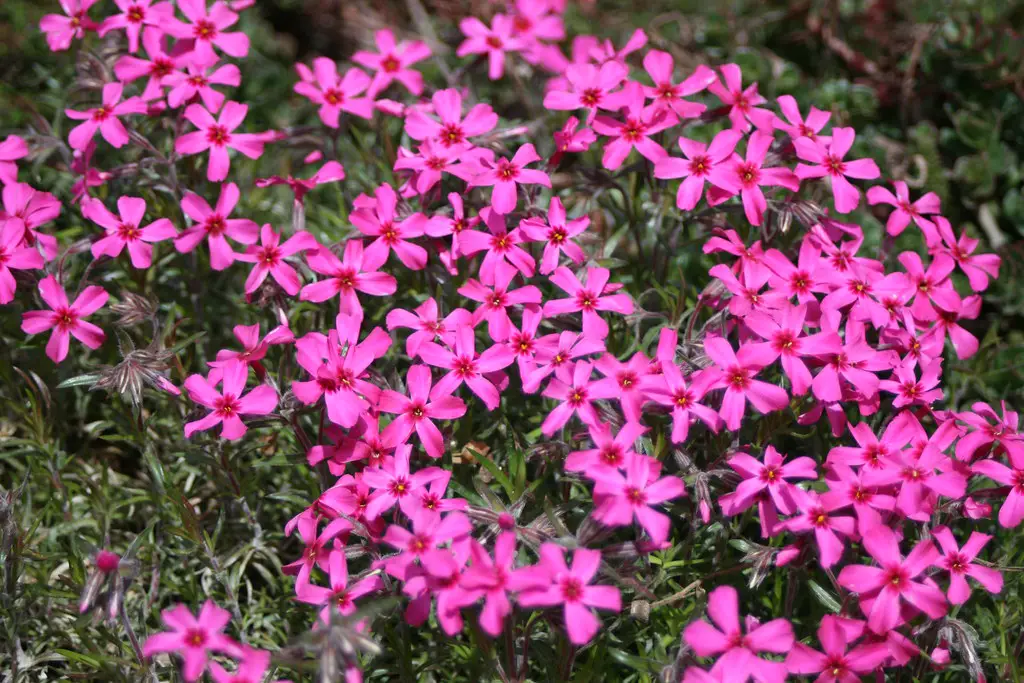
Phlox is a versatile perennial that comes in both creeping and upright varieties, offering a range of garden design possibilities. Its clusters of small, star-shaped flowers bloom in shades of pink, purple, white, and red, attracting hummingbirds with their nectar-rich centers. Garden phlox thrives in full sun and well-drained soil, while creeping phlox makes an excellent ground cover for rock gardens or borders.
Phlox is low-maintenance and provides long-lasting color throughout the summer. Deadheading spent blooms encourages continued flowering, ensuring a steady nectar source for hummingbirds. Because it grows in dense clusters, it also helps suppress weeds, making it a practical and attractive choice for any garden. By adding phlox to your landscape, you’ll create a lush and inviting space for both hummingbirds and other pollinators.
16. Lantana
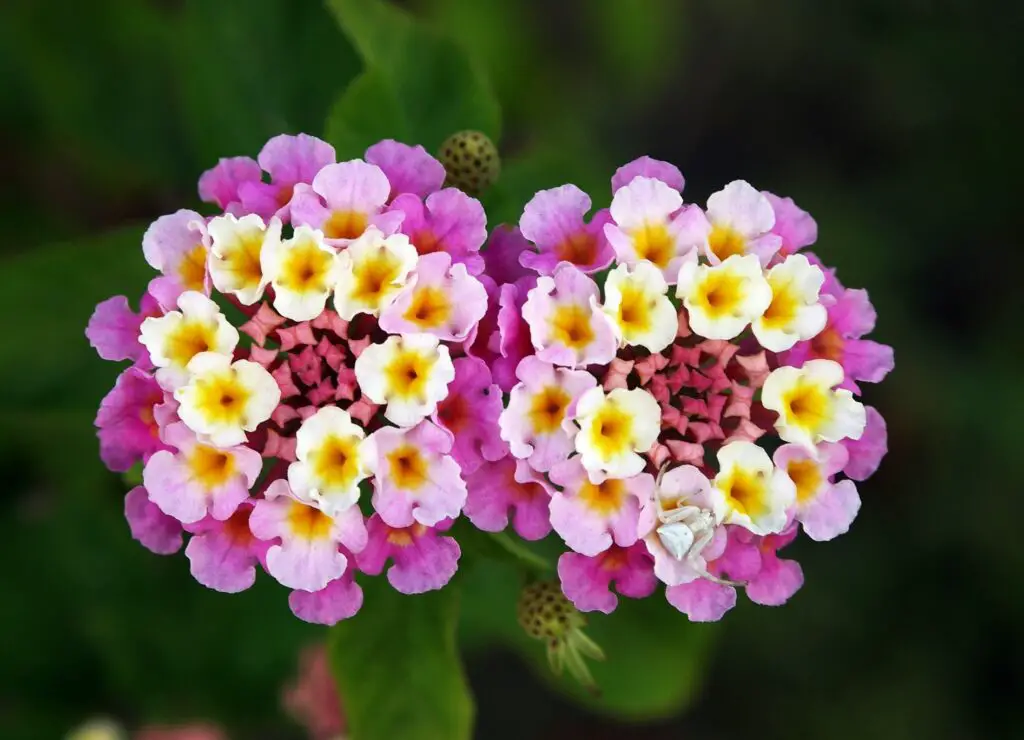
Lantana is a sun-loving perennial that produces clusters of tiny, vibrant flowers in shades of yellow, orange, pink, purple, and red. This drought-tolerant plant thrives in hot climates, making it a perfect choice for gardens in warmer regions. Its nectar-rich blooms are a favorite of hummingbirds, butterflies, and bees, ensuring plenty of pollinator activity in your yard.
Lantana requires little maintenance beyond occasional pruning to encourage fresh blooms. It grows well in garden beds, hanging baskets, and containers, offering flexibility in how you incorporate it into your landscape. Since it’s resistant to deer and pests, it remains a reliable and long-lasting choice for hummingbird-friendly gardens. With its bright, cheerful flowers and easy-care nature, lantana is an excellent addition to any outdoor space.
